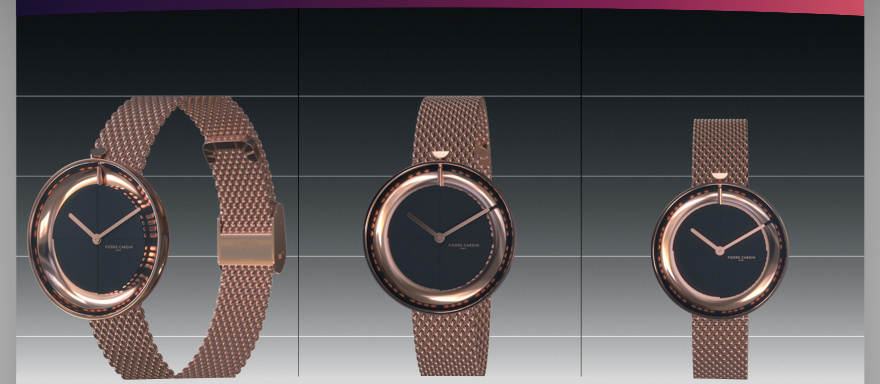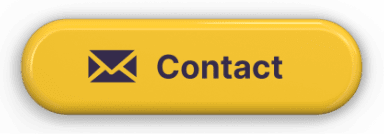Exciting 3D product videos thanks to moving cameras and close-ups.
3D animations can highlight the design and functionality of a product in an emotional and interactive way – and are ideal for attracting the attention of customers.
To showcase the products accurately, we at Rendorama often start the project by defining the camera flights. These have animatable rotation axes and tilt parameters. This makes it possible to define exciting details with exact timing as a close-up – including depth of field with changing focal points or tunnel flights through the object.
A journey into the heart of the product.
Tell an exciting story – and show exactly how the product works in detail with 3D animation. Rotating camera movements, fluids, dynamics, and particle effects sound complicated, but provide unprecedented visual stimulus.
This creates an outstanding user experience, helping to illustrate complex technical and industrial concepts while engaging audiences in a memorable way.
Thanks to the touchscreen, 3D explanatory videos can be created, with which customers can also interact on their smartphones. For example, certain parts of the product can be zoomed and enlarged or rotated for a different view. Complex objects, such as watch straps, can be rendered with realistic position changes. Products can also stand out with the help of 360-degree rotations via 3D viewers.
Air and smoke simulations.
Simulating air and smoke particles in 3D space is an exciting process. There are many options, including particle systems, fog, and volumetric lights. The first step is to model the objects that will emit the smoke or particles. Each particle system requires a specific set of rules that define how it should operate. Simulating air, smoke and fog with volumetric lights is most often used in movies and computer games when special effects are required. Ask us about FX product animations for more info.
Video editing and audio.
In the video editing process, we handle the editing stage, post-production, color correction and color grading. During editing, the scenes are cut together to tell a story. In the video editing process, post-production is the final step where the scenes are finalized for delivery. Color correction is about balancing the colors in the scenes, while color grading is used to give the scenes a more dramatic or artistic look. In post-production, background music is added to create moods in the scenes. We will be happy to advise you.
Output.
3D animations are delivered in HD1080 or HD720, optionally, as a rendered video or single-frame sequence. For the correction runs of the 3D animations, preview videos are created with the frame numbering as an overlay.



